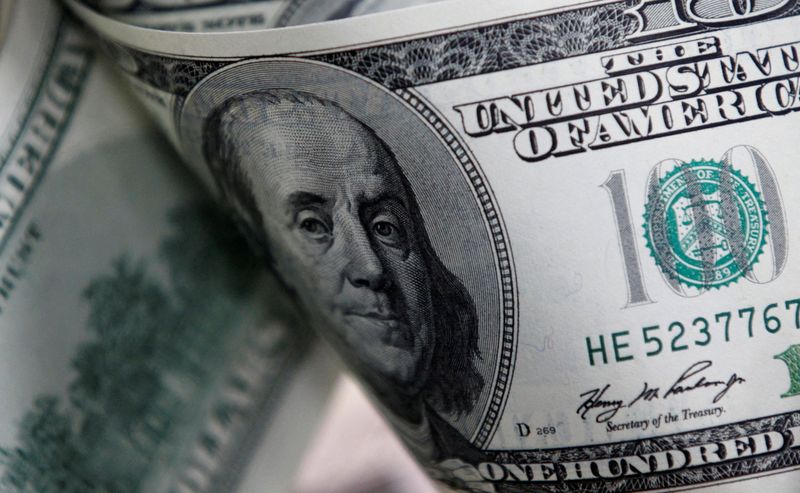
By Kevin Buckland
TOKYO (Reuters) -The Australian dollar sank towards a four-month low on Tuesday after the central bank softened its tone on the inflation outlook, raising expectations for an earlier interest rate cut.
The U.S. dollar was steady against its major rivals and edged to its strongest this month versus the yen as traders looked ahead to a U.S. inflation reading on Wednesday for further clues on the pace of Federal Reserve easing.
The Aussie fell 0.68% to $0.63975 as of 0620 GMT, and earlier dipped to $0.6380, putting it in striking distance of Friday’s low of $0.6373, a level that had not been seen since Aug. 5.
The New Zealand dollar dropped in sympathy, declining 0.55% to $0.5833.
The Reserve Bank of Australia held rates steady as widely expected, but noted the board had gained “some confidence” that inflation was heading back to target.
The statement omitted a previous line that the RBA was “not ruling anything in or out”, as well as policy needing to remain restrictive.
“The RBA have just removed their hawkish bias, which is an important first step towards acknowledging cuts that markets are already pricing in for next year,” said Matt Simpson, a senior market analyst at City Index.
“The question now is whether they’ll sneak in a cut in Q1.”
Swaps now imply there is more than a 50% chance of a rate cut in February, with a first easing more than fully priced in by April next year.
The U.S. dollar slipped 0.1% to 151.075 yen after earlier climbing to 151.55 yen for the first time since Nov. 28.
The dollar index, which measures the currency against the yen and five other major peers, eased 0.1% to 106.05.
It had climbed to a two-year peak of 108.09 on Nov. 22, lifted by expectations that Donald Trump’s election victory would drive U.S. growth and stoke inflation, potentially slowing Fed rate cuts.
While markets have priced in a quarter-point Fed rate cut on Dec. 18 as a near certainty, the consumer price index due on Wednesday could shine some light on how much room policymakers have for easing next year.
“The case for ‘US exceptionalism’, and subsequent USD upside, remains a strong one,” said Michael Brown, senior research strategist at Pepperstone.
“I’d still be a buyer of any USD dips.”
Beyond U.S. CPI, the main events of interest for investors this week are the European Central Bank meeting on Thursday, where a quarter-point cut is baked in, and China’s closed-door Central Economic Work Conference, which sets key targets and policy intentions for next year.
The euro added 0.12% to $1.0566, while sterling rose 0.09% to $1.27625.
The yuan strengthened about 0.35% to 7.2433 per dollar in offshore trading, supported by Monday’s surprise shift in Beijing’s monetary policy stance toward more easing to boost the ailing economy.
The currency shrugged off data showing Chinese exports slowed more than expected last month and imports unexpectedly shrank.
Elsewhere, the Bank of Canada and the Swiss National Bank decide policy on Wednesday and Thursday, respectively, with deep rate cuts expected from both.

Against Canada’s loonie, the U.S. dollar rose to its strongest level since April 2020 at C$1.41895.
The U.S. currency declined 0.2% to 0.8772 Swiss franc.
This post is originally published on INVESTING.




